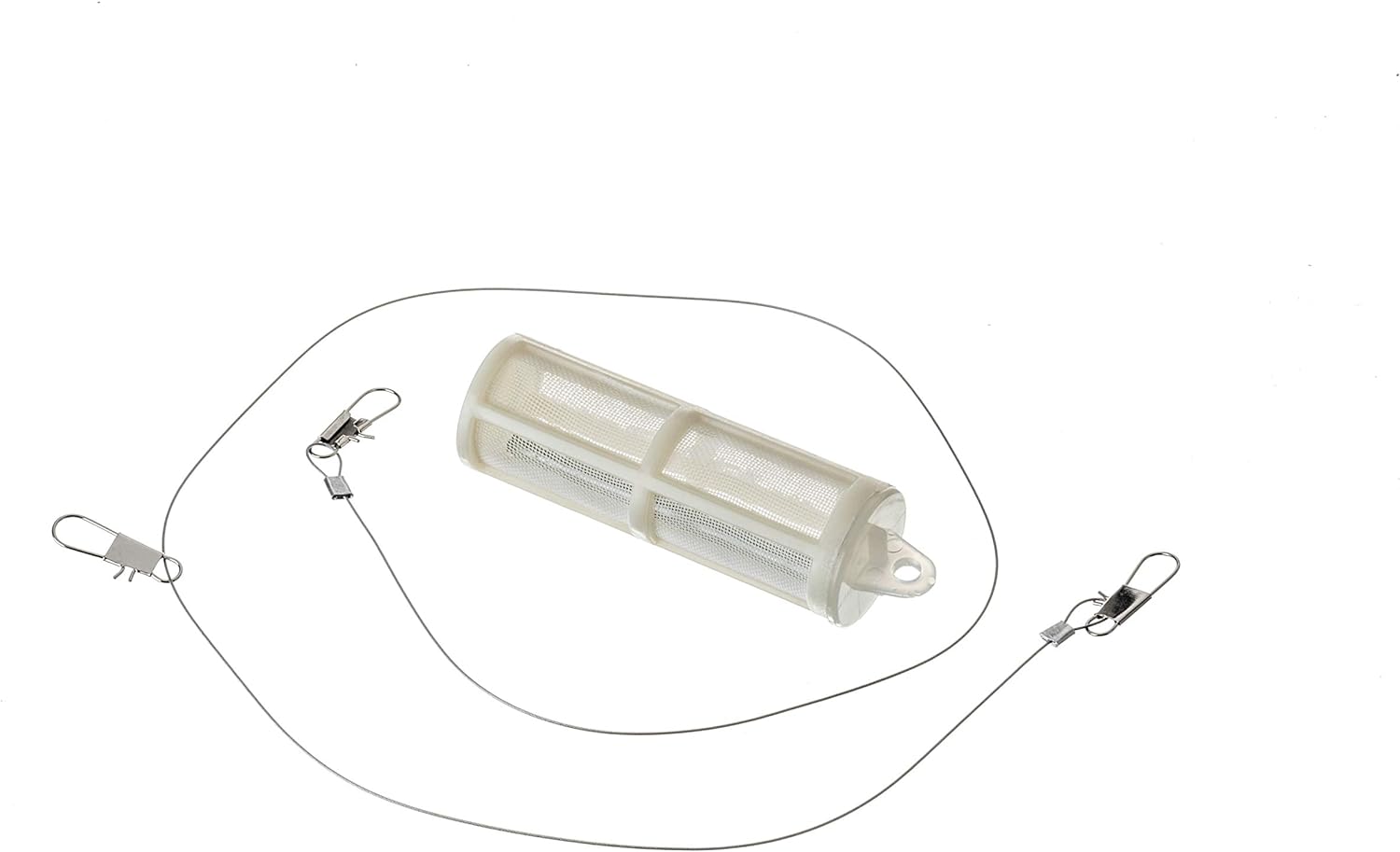DP425
ArboristSite Member
I use steel safety cans, which are sealed, and ethanol free fuel, with stabil.
I’ve used this fuel that’s two years old before. Still ran okay.
More typically though, a batch of mix doesn’t make it more than a few months.
My father used to run e-10 with whatever 2-cycle oil he happened to have. No stabilizer, conventional open plastic cans…. His 026 would fire up and run fine, with the three year old fuel the tank had in it when he put it away. I have no idea how he never had any carb trouble with his saw. He definitely did on his trimmer and blower though.
I’ve used this fuel that’s two years old before. Still ran okay.
More typically though, a batch of mix doesn’t make it more than a few months.
My father used to run e-10 with whatever 2-cycle oil he happened to have. No stabilizer, conventional open plastic cans…. His 026 would fire up and run fine, with the three year old fuel the tank had in it when he put it away. I have no idea how he never had any carb trouble with his saw. He definitely did on his trimmer and blower though.






